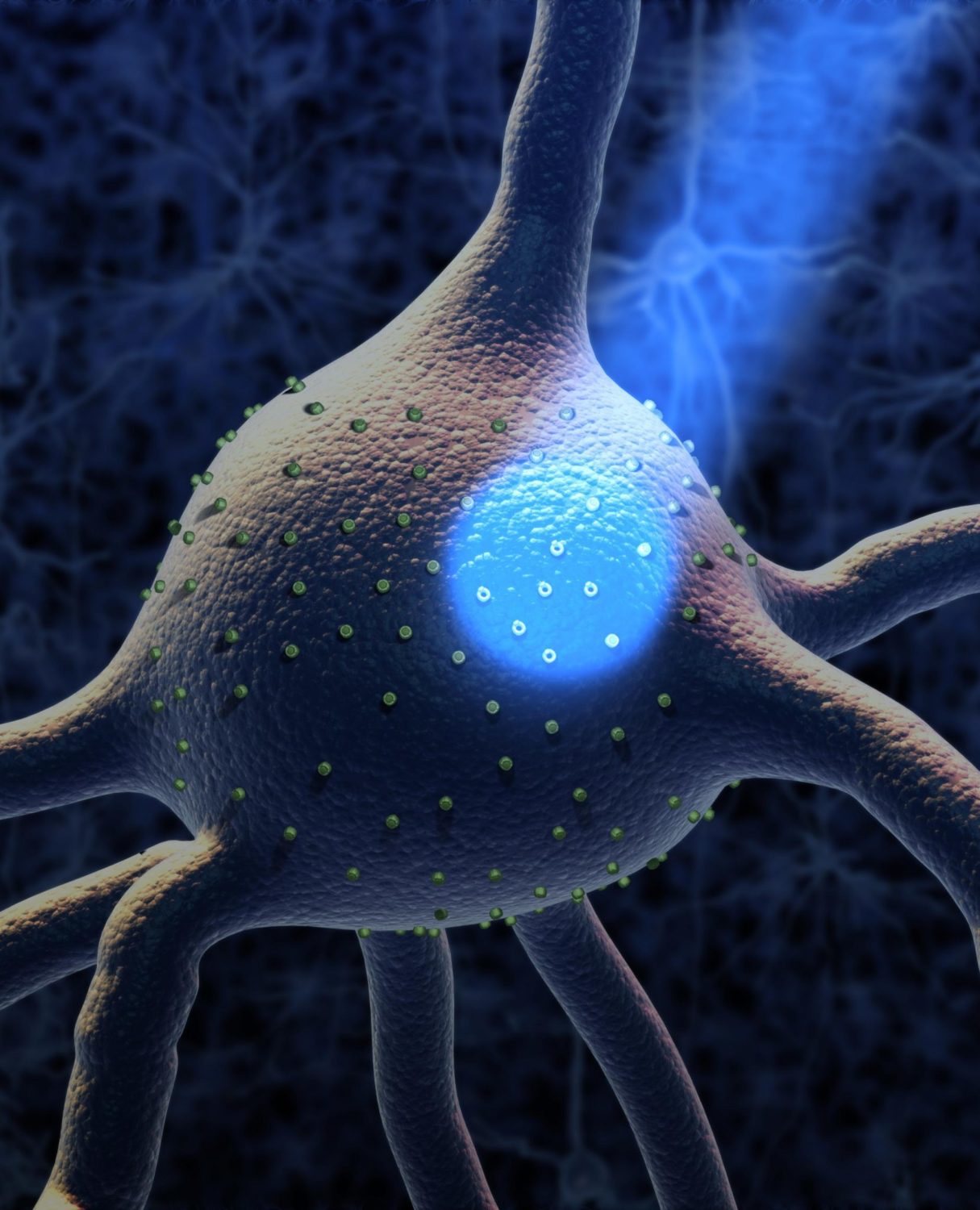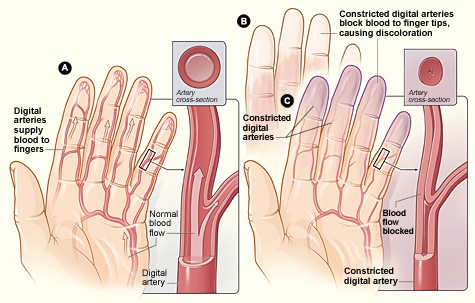When you are boiling water using a kettle, have you noticed any white particles deposit at the bottom? Your answer may vary depending on where you lived and what type of equipment your house used to treat water supply, but generally, most of us have previously encountered such situations. You may have wondered what are these white particles and whether or not they are harmful to us?

Figure 1: Map of water hardness in Canada
retrieved from: https://muskokacleanwater.com/water-softener-vs-conditioner/map-of-water-hardness-canada/

Figure 2: Most common dissolved minerals in the water
retrieved from: http://www.chemistryhive.com/water-hardness/
These white particles are commonly known as the water scale, which consists of dissolved minerals. Since water is a great solvent, these dissolved minerals are added when water moves through rock and soil. Dissolved calcium and magnesium are two of the most common types of minerals (Figure 2) found in water; these minerals will form insoluble participates as water temperature increase. Typically, the formation of the white particle is an indicator of water hardness; as water gets ‘harder’, there will be more dissolved minerals form in it. According to the Water Quality Association(WQA), soft water generally has less than 60mg of dissolve minerals per liter of water whereas any concentration above that is considered as hard.

Figure .3: a pipe with water scale build-up
retrieved from: https://www.fmanet.org/blog/2012/12/12/ controlling-scale-water-systems-helps-prevent-legionnaires-disease
We often wonder which type of water is better. However, there are issues associated with both types of water, each of them has their own benefits and disadvantages. From our health perspective, the dissolved minerals in water provide us with health-preserving minerals such as calcium and magnesium. Inadequate amount of intake will increase the risk of numerous health problems, like kidney-stone, hypertension, coronary artery diseases…etc. On the other hand, excess intake of those minerals will increase the stress on kidney since the high concentration of mineral will be excreted through the kidney. Therefore, hard water isn’t a health hazard for most of us; however, for infants or individuals with a kidney problem, soft water is a better option. From our home maintenance perspective, the excess number of dissolved minerals will defiantly do more bad than good. For example, hard water tends to have more water scale precipitate in the pipeline and other appliance; this water scale will slowly build up and eventually clump up the pipe. (Figure 3) The thick layer of water scale deposit in a furnace increases energy cost; hard water will also cause large usage of soap to an efficient level. Even though soft water will be more corrosive to pipes, hard water supply will still cause more problem to a home.

Figure.4: a DIY experiment of distinguishing hard and soft water.
retrieved from: https://www.waterev.com/difference-hard-vs-soft-water/
How do we know if our water supply is hard or soft? A small test can help you distinguish between the type of water supply you are getting; simply pour some soap into a glass of your tap water and mix well. If a cloudy solution formed after mixing, your water supply is on the harder side; if a lot of bubbles formed on the surface of the water, then your water supply is on the softer side. (Figure. 4)

Figure 5: glass with (right) and without (left) mineral deposit.
retrieved from: https://www.eculligan.com/hard-water-spots-and-scale.php
Other indicators of having a hard water supply include having minerals deposition on clean dishes or in sinks (Figure. 5), having very stiff laundry or unmanageable hair, or having a high energy cost. In this case, a water softener should be used. On the other hand, soft water supply may be added with artificial hardener at water plants for better protection of pipelines.
In conclusion, hard water does less harm to an individual’s health than soft water. Since inadequate intake of minerals often increases the risk of more disease than the excess intake of minerals. However, due to the high level of water scale, hard water supply will have a higher cost for a household compare to soft water. Therefore, hard water isn’t bad for an individual’s health, but the consequence of having a hard water supply in a house will increase many costs.
Information attributed from:
“Hardness.” Water Quality Association, www.wqa.org/learn-about-water/perceptible-issues/scale-deposits.
WHO (2009) Calcium and magnesium in drinking-water: public health significance. Geneva, World Health Organization (http://whqlibdoc.who.int/publications/2009/9789241563550_eng.pdf).
Grossmann, K. (n.d.). Latest Articles:. Retrieved from https://blog.radiantlifecatalog.com/bid/66399/The-Truth-About-Softened-Water-Your-Health
Goncharuk, V. V. (2014). Drinking Water: Factors Affecting the Quality of Drinking Water. Drinking Water, 105-245. doi:10.1007/978-3-319-04334-0_4



























